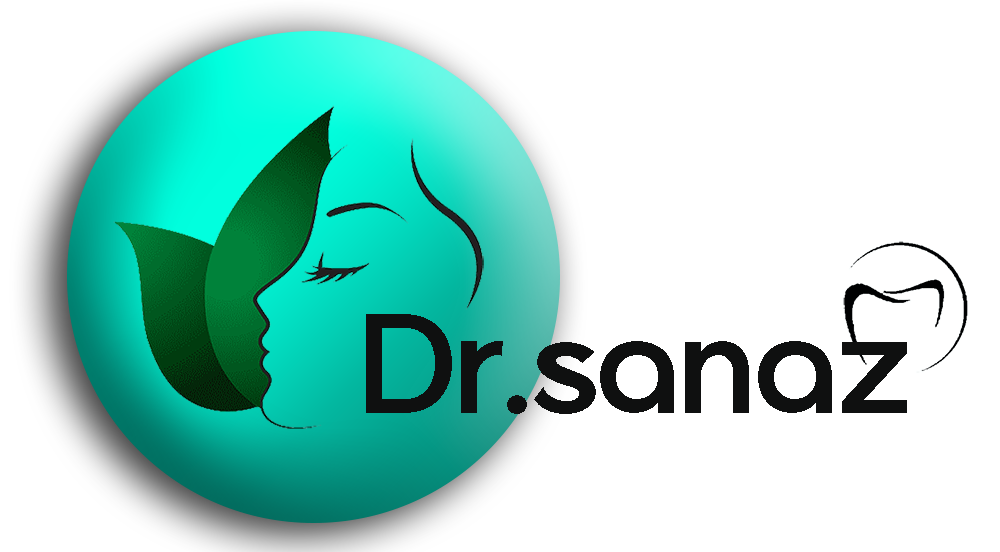
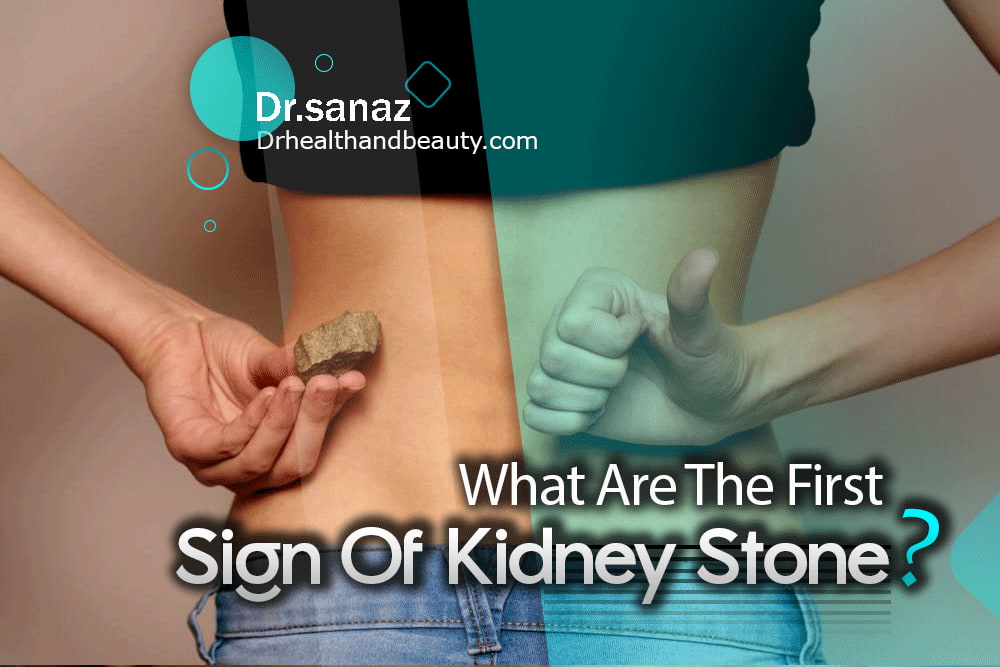
What Are The First Signs Of Kidney Stone? The Hidden Danger
Table of Contents
Kidney stones are hard sediments often formed due to the high concentration of salts and salts in the urine. The formation of these stones has various causes and may be seen anywhere in the urinary tract, from the kidney to the bladder. Although moving kidney stones is painful, if detected in time, it does not cause permanent damage to the body. If someone is at risk of developing kidney stones, a urologist can recommend ways to prevent kidney stones.
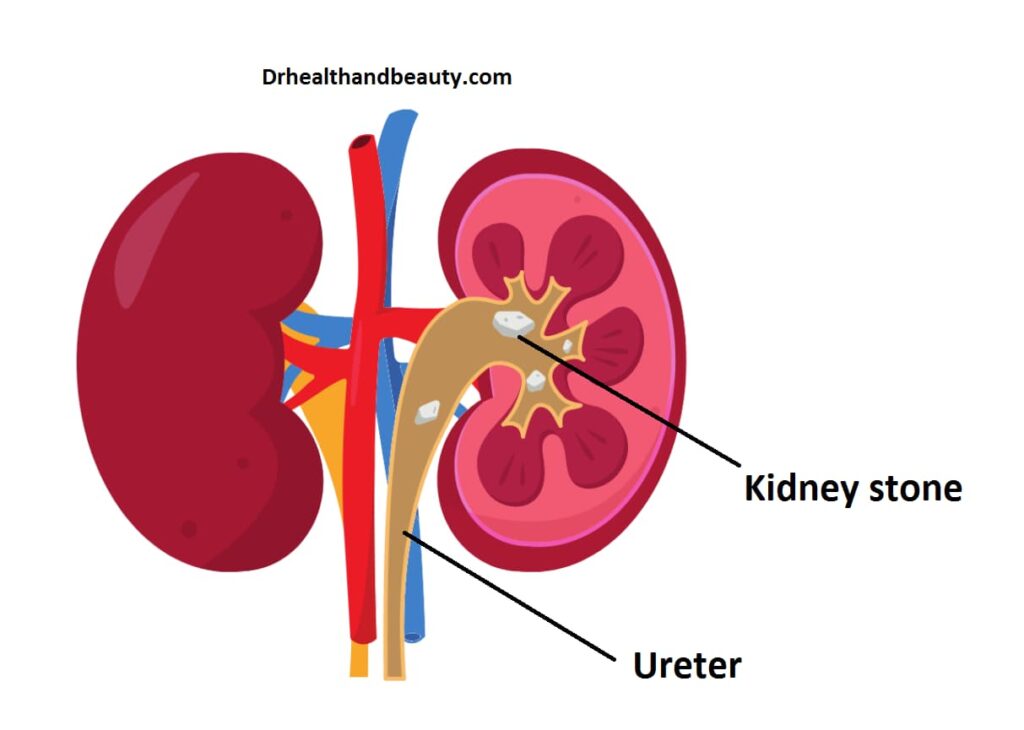
Symptoms and sign of kidney stones
As long as the kidney stone does not move and is fixed, it has no symptoms. Problems begin when the stone moves into the kidney or travels to the mesentery (the tube that connects each kidney to the bladder). In this case, some or all of the following are seen:
Severe and intermittent pain in the side and back, below the level of the ribs, which may radiate to the lower abdomen
- heartburn
- Pink, red, or brown urine
- foul-smelling or dark urine
- nausea and vomiting
- Feeling the constant need to urinate
- Increased frequency of urination more than normal
- Fever and chills if there is an infection
- Decreased urine volume
Remember that kidney stone pain changes. As the stone moves in the urinary tract, the location and intensity of the pain change.
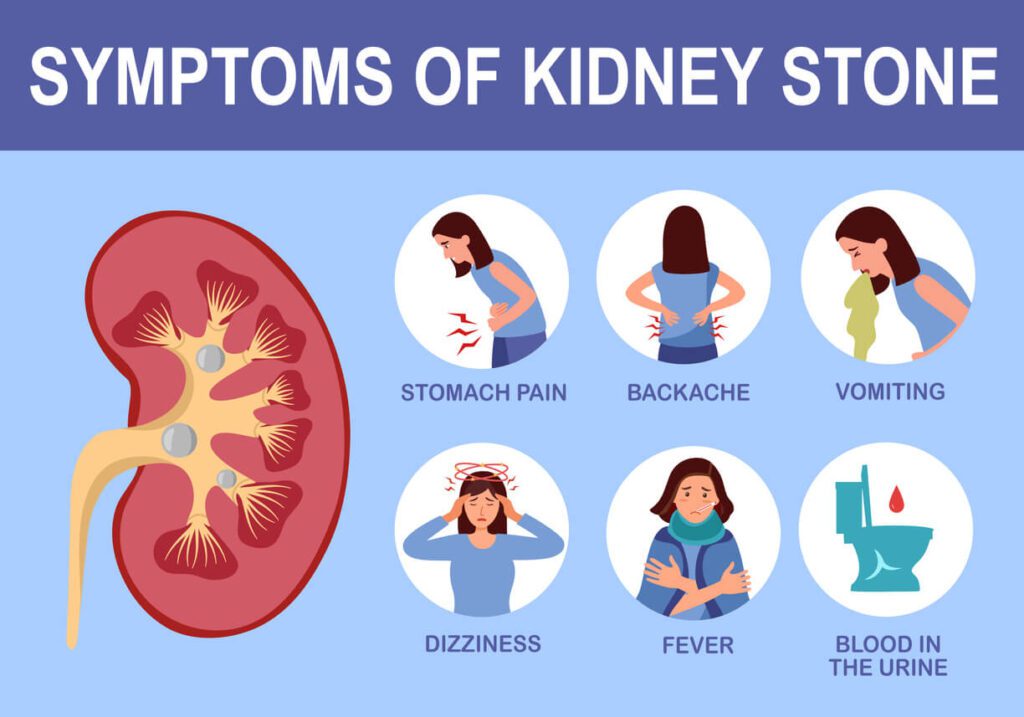
Causes of kidney stones
Kidney stones usually do not have a single and specific cause, but some factors increase the probability of kidney stones. Kidney stones generally form when the urine increases the concentration of certain substances that can form crystals (such as calcium, uric acid, and oxalate). Usually, there are substances in urine that prevent molecules from sticking together and forming crystals. If these substances are low in urine, they accelerate the stone production process.
Types of kidney stones
If we know the type or gender of kidney stones, we will better understand the causes of stone formation, and the urologist can better guide us to prevent its formation again. Therefore, if possible, it is better to deliver the stone to the laboratory to determine the gender.
The types of kidney stones in terms of stone composition are as follows:
calcium stone
Most of the kidney stones are calcium and, most of all, calcium oxalate. Oxalate is a natural substance that is present in some foods and is produced in the liver. Some vegetables, fruits, nuts, and chocolate contain high amounts of oxalates.
In addition to the foods we eat, eating high doses of vitamin D and some intestinal surgeries also increase the concentration of calcium and oxalate in the urine.
Kidney stones may also be calcium phosphate. Some changes in the body’s metabolism, some migraine headaches, and an anti-epileptic drug called topiramate may cause this type of kidney stone.
Struvite stone
This type of kidney stone is formed in response to an infection, such as a urinary tract infection. This is because due to infection urine becomes alkaline in nature. These stones can proliferate and are usually large; For this reason, they do not move and do not have many signs.
Uric acid stones
This type of kidney stone is formed in a person who drinks little fluids but whose body loses much water. Those who eat protein-rich foods or have high blood uric acid (gout) may also develop this type of kidney stone.
Cysteine Stone
This type of stone is only seen in those with a hereditary disorder in which they excrete a particular substance called cystine in the urine more than usual.
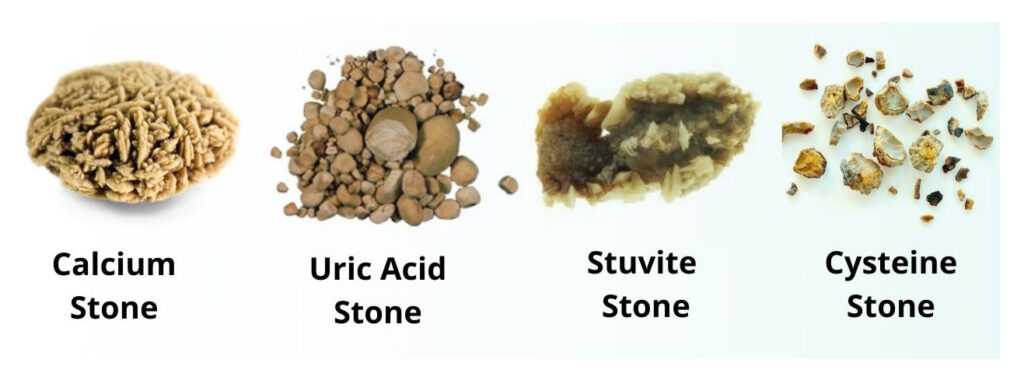
Diagnosis of kidney stones
In case of symptoms of kidney stones, you should see a doctor specializing in urology (diseases of the urinary tract).
The doctor may request a blood test (to measure the level of calcium and uric acid), urine test, ultrasound,
Treatment of large kidney stones or kidney stones simultaneously with other diseases
Some kidney stones are large and cannot be removed through the methods mentioned above or are associated with bleeding or urinary tract infection; These stones may need the following treatments:
Stone crushing with a device whose sound waves crush kidney stones.
It takes 45 to 60 minutes and may be painful so the person may be given sedation or mild anesthesia.
Kidney surgery to remove huge stones
Using an endoscopy (passing a narrow light-filled tube called a ureteroscope through the urethra and bladder) to find stones in the urethra and break them up with special tools.
This is done under general anesthesia or local anesthesia.
Parathyroid gland surgery (in cases where overactivity of this gland is the cause of kidney stones)
(plain or specialized) or CT scan.
Treatment of kidney stones
There are various treatment methods for kidney stones. The doctor chooses the appropriate method based on the size of the kidney stone.
Treatment of small kidney stones
Small kidney stones do not require aggressive treatment such as stone breakers and are usually passed by doing the following:
- Drinking plenty of water (two to three liters per day)
- Non-prescription pain medications, according to the consultation with the pharmacist
- Prescription drugs that relax the muscles of the bladder, according to the prescription of the attending physician

Treatment of large kidney stones or kidney stones simultaneously with other diseases
Some kidney stones are large and cannot be removed through the methods mentioned above or are associated with bleeding or urinary tract infection; These stones may need the following treatments:
Stone crushing with a device whose sound waves crush kidney stones.
It takes 45 to 60 minutes and may be painful so the person may be given sedation or mild anesthesia.
Kidney surgery to remove huge stones
Using an endoscopy (passing a narrow light-filled tube called a ureteroscope through the urethra and bladder) to find stones in the urethra and break them up with special tools.
This is done under general anesthesia or local anesthesia.
Parathyroid gland surgery (in cases where overactivity of this gland is the cause of kidney stones)
Prevention of kidney stones
Making lifestyle changes and some medications can help prevent kidney stones.
Lifestyle changes to prevent kidney stones
The following actions help prevent this disease:
We drink plenty of water during the day to not feel thirsty, and the urine is colorless or bright yellow. In hot weather, we need to drink more water.
Eat less oxalate-rich foods. Rhubarb, beets, spinach, nuts, tea, chocolate, and soy products have many oxalates.
Use less salt and animal protein in your diet.
Related: “Diet And Exercise Plan For Obese Men“
Calcium in food does not increase the risk of kidney stones.
It is generally good to consult a nutritionist on this matter. Continue to eat calcium-rich foods, but be cautious about taking calcium supplements.

Medicines to prevent kidney stones
These drugs regulate the amount of salts and mineral salts in the urine, and the doctor prescribes the appropriate drug based on the type of stone excreted. For example, the treating physician may prescribe a diuretic drug from the thiazide family to prevent calcium stones. At the doctor’s discretion, a low dose of antibiotics for an extended period is necessary to prevent struvite stones.
Kidney diseases and diet
Diet in people’s weight can be effective in the development and progression of kidney diseases, especially chronic kidney failure. Also, for people whose kidneys form stones permanently, it is necessary to determine the types of kidney stones formed in the laboratory to help prevent the formation of stones or increase their destruction by changing their diet. For example, people with stones made of calcium oxalate should consume fewer dairy products and products containing calcium or oxalate.
Losing weight makes the kidneys work better and eliminate waste materials more efficiently. For this reason, it is essential not only to lose weight but also to the type of diet that leads you to the goal; Therefore, it is better to use an essential diet that is not only specific to you but you can improve your health by providing the vitamins and minerals your body needs.

Conclusion
We said that a kidney stone is a complex object made of chemicals in urine. There are four types of kidney stones: calcium oxalate, uric acid, struvite, and cystine. Kidney stones may be treated with shock wave lithotripsy, hysterectomy, percutaneous nephrolithotomy, or nephrolithotripsy.
Other possible causes include drinking too little water, exercising (too much or too little), obesity, weight loss surgery, or eating foods high in salt o
References:
Share in :
Explore more


